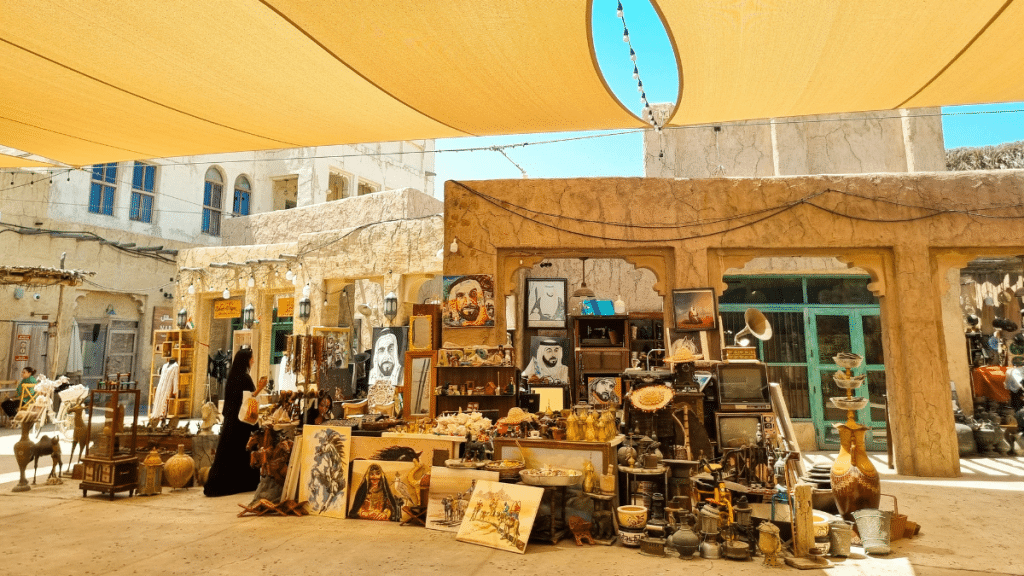Dubai is a city of contrasts – on one hand, a futuristic symbol of luxury and innovation, and on the other, a quiet witness to its humble beginnings. If you’ve ever wanted to experience both sides of this fascinating city, here’s what not to miss.
The Dubai everyone knows – modern and limitless
A lot of people come to Dubai for the modern wow-factor – and it really delivers. The skyline looks like something out of a sci-fi movie, buildings twist and rise in ways you wouldn’t think possible, and even the malls are full-on experiences, not just places to shop.
But it’s not just about big names like the Burj Khalifa or Burj Al Arab. The whole city feels built to surprise you – whether you’re ziplining between towers, exploring family attractions, or just walking through spaces that are both bold and welcoming. There are palm-shaped islands, fountains that move to music, and moments that stay with you long after you’ve left. Modern Dubai doesn’t just impress – it pulls you in.
Al Fahidi – Dubai’s historic soul
Located near the banks of Dubai Creek, the Al Fahidi Historical Neighbourhood, also known as Al Bastakiya, is a beautifully preserved glimpse into the city’s past. Picture narrow alleys, coral stone houses with traditional wind towers (barjeel), and the scent of spices in the air.
Magdalena Petrušić, a travel trend expert from Dubai Tickets & Tours, highlights: “In every city, we look for its roots – the story that shaped its identity. In Dubai, that story lives in Al Fahidi: it quietly and clearly shows how it all began.”
Established in the late 19th century by Persian merchants from Bastak, this district was once a thriving hub for textile and pearl trading. It has survived thanks to passionate locals who recognised its value and worked to preserve it for future generations.
At the heart of the district is Al Fahidi Fort, Dubai’s oldest building, built in 1787. Today, it houses the Dubai Museum, where interactive exhibits share stories of life in the Emirates before the oil boom.
There are many cities that try to hold on to traces of their past, but few manage it with the quiet authenticity found in Al Fahidi. Nothing feels staged or forced. The pace is slower, the air somehow still, and the surroundings seem to whisper stories rather than shout them. It’s a part of Dubai that hasn’t rushed to catch up – and that’s exactly its charm. Visitors don’t come here to be impressed, but to understand. Not just the city’s history, but its character – shaped long before the glass towers and bright lights.
Insider tips: how to see both sides of Dubai
1. Start your day in Al Fahidi:
Go early when it’s cooler. Visit the Dubai Museum and the Sheikh Mohammed Centre for Cultural Understanding to get a feel for local traditions.
2. Bargain like a local at the souks:
Nearby, you’ll find the Spice Souk and Gold Souk. Haggling is expected – never accept the first price. Most vendors enjoy a good negotiation.
3. End your day in modern Dubai:
In the afternoon, head to Downtown Dubai. Take in the view from Burj Khalifa or have dinner by the Dubai Fountain for a truly spectacular evening.
Conclusion: one city, two stories
Dubai smoothly connects its past with its future. While the modern city stuns with its architecture and ambition, Al Fahidi gives you a more personal look into the culture and history that shaped today’s Dubai. To truly understand this city – you need to see both faces.
